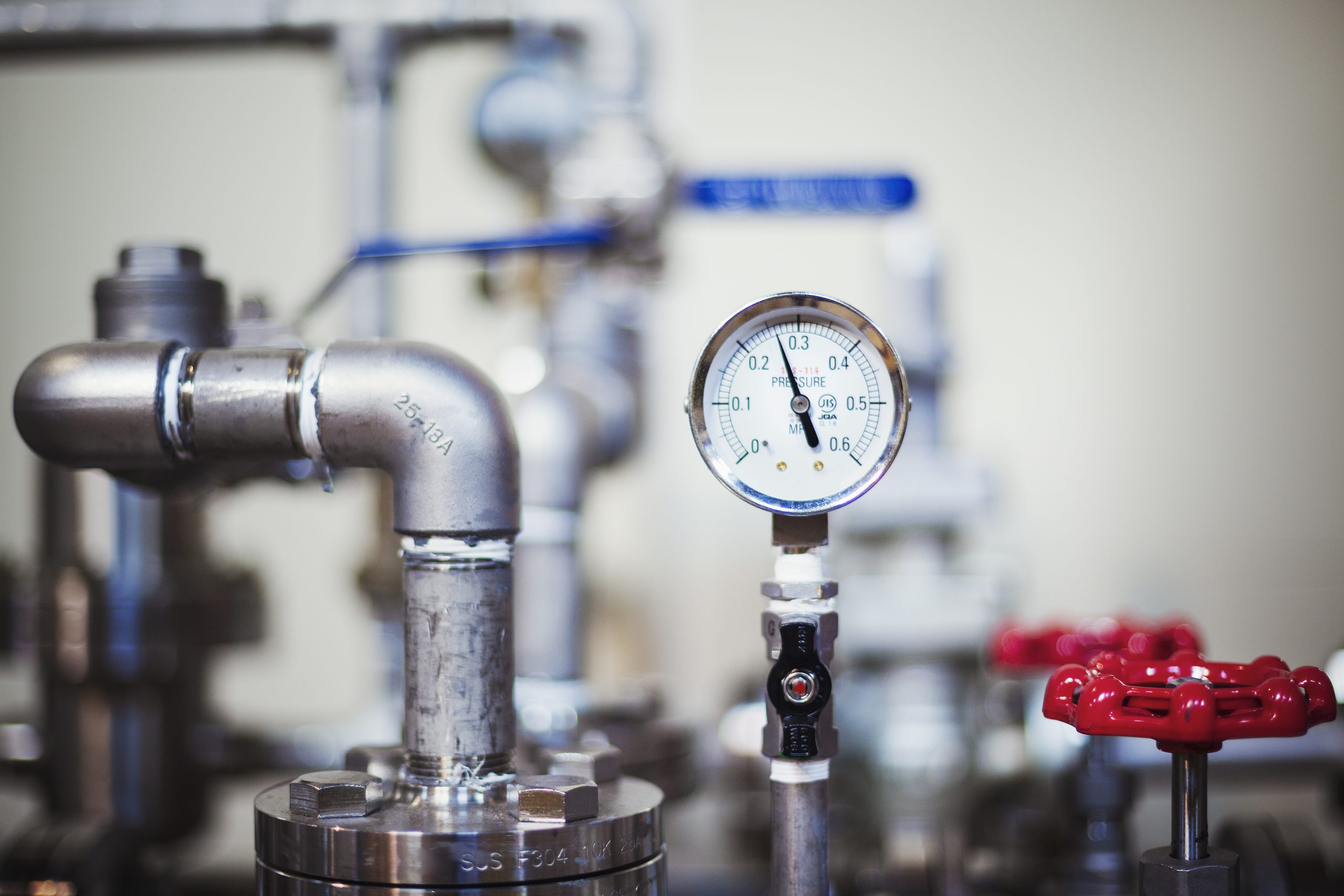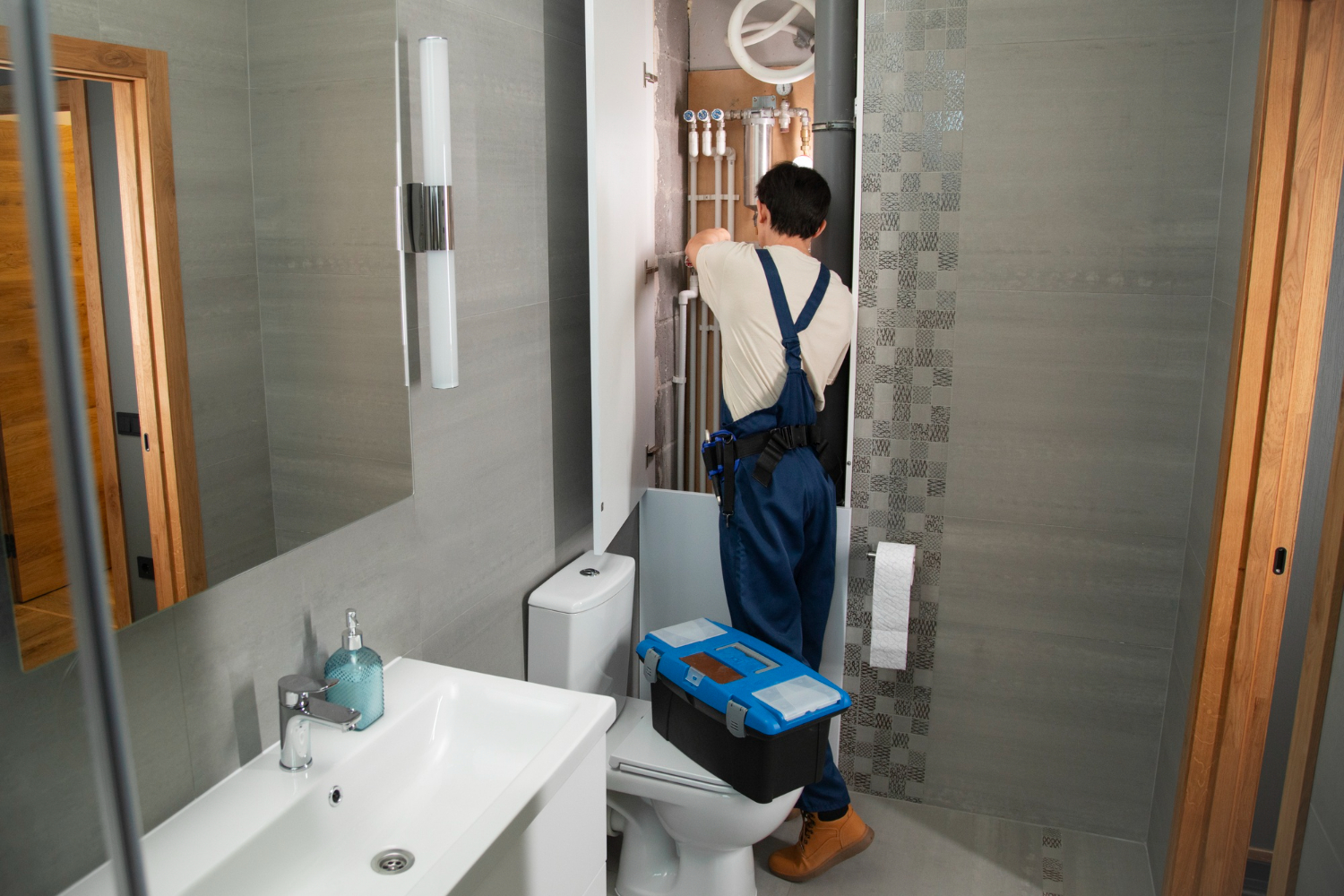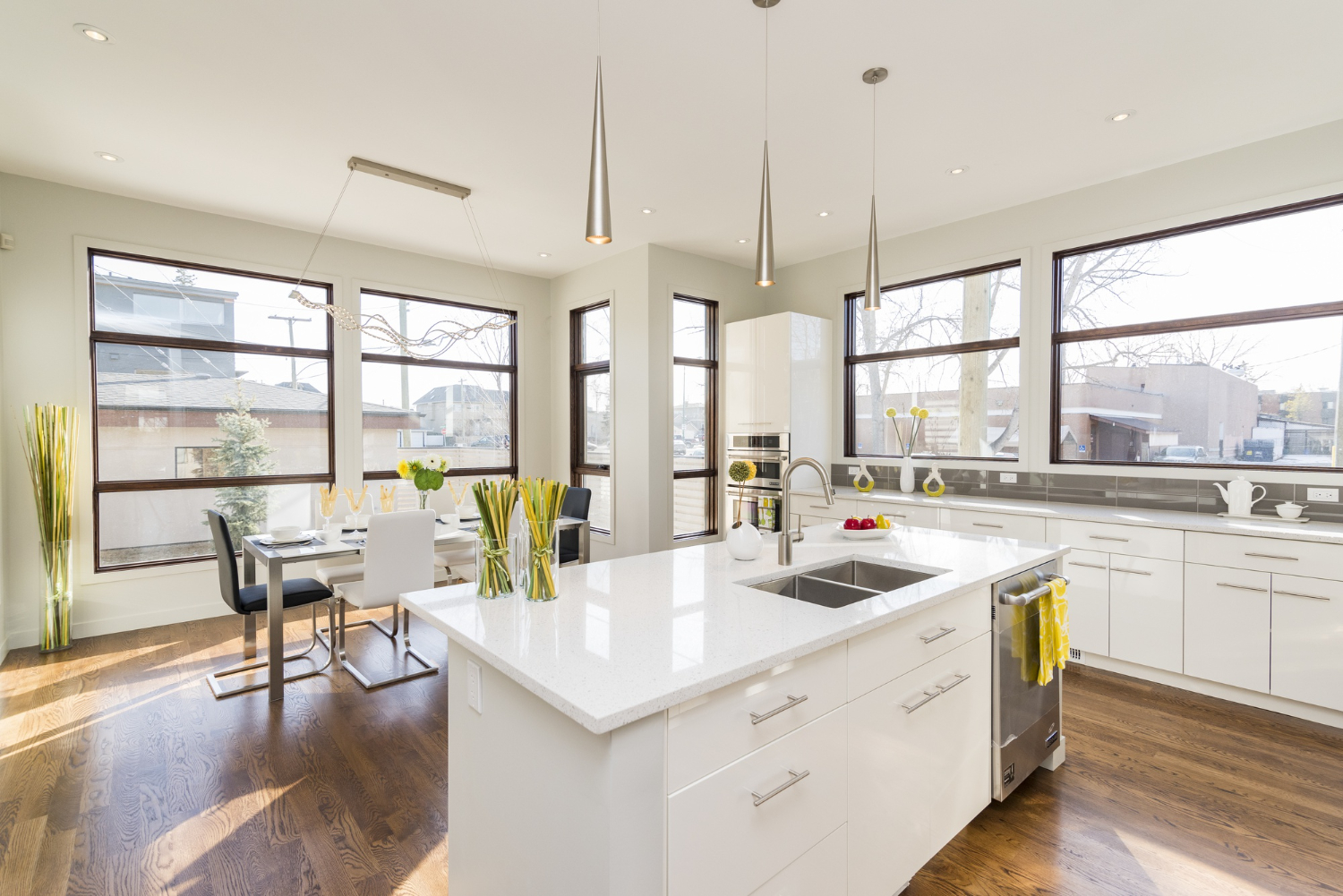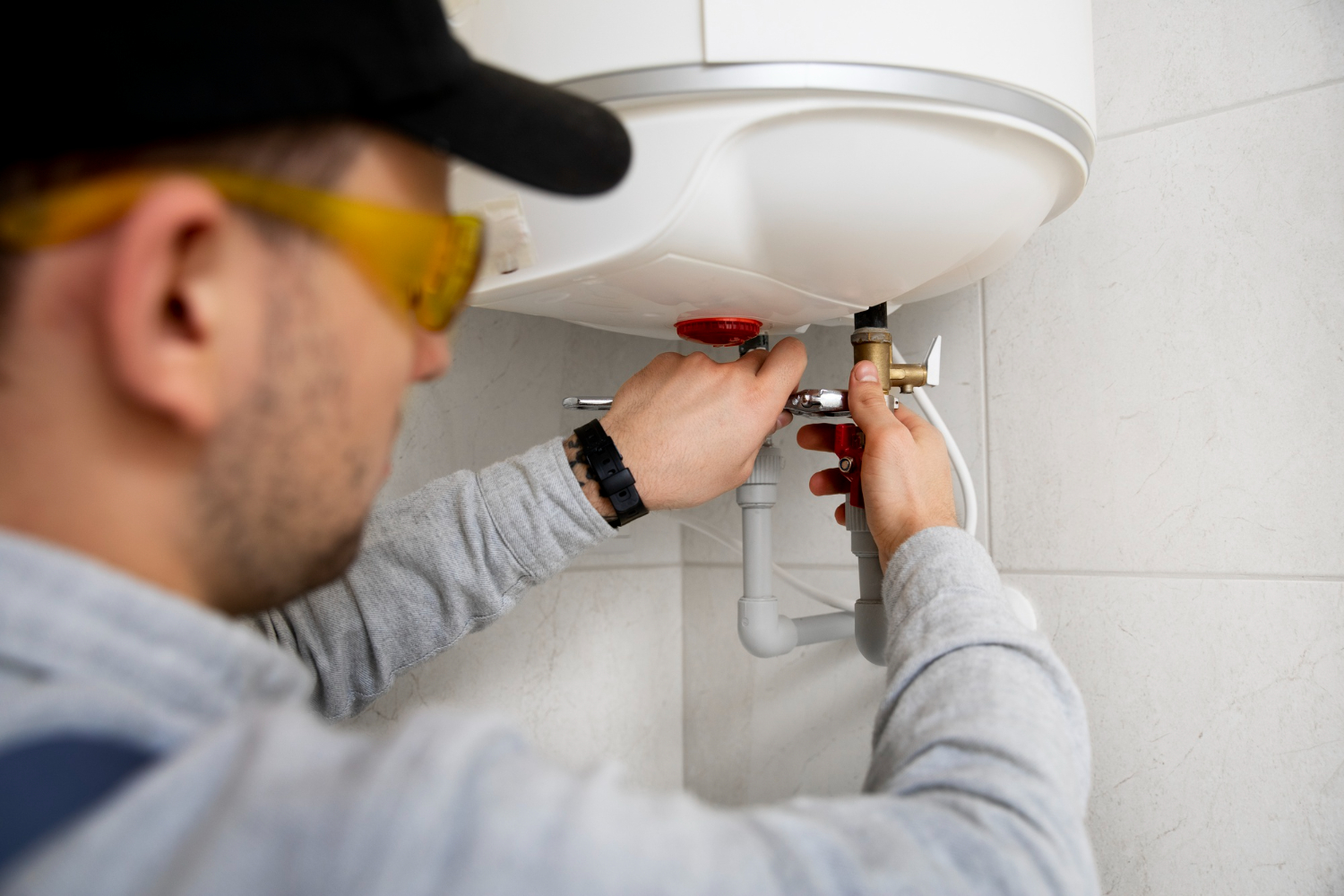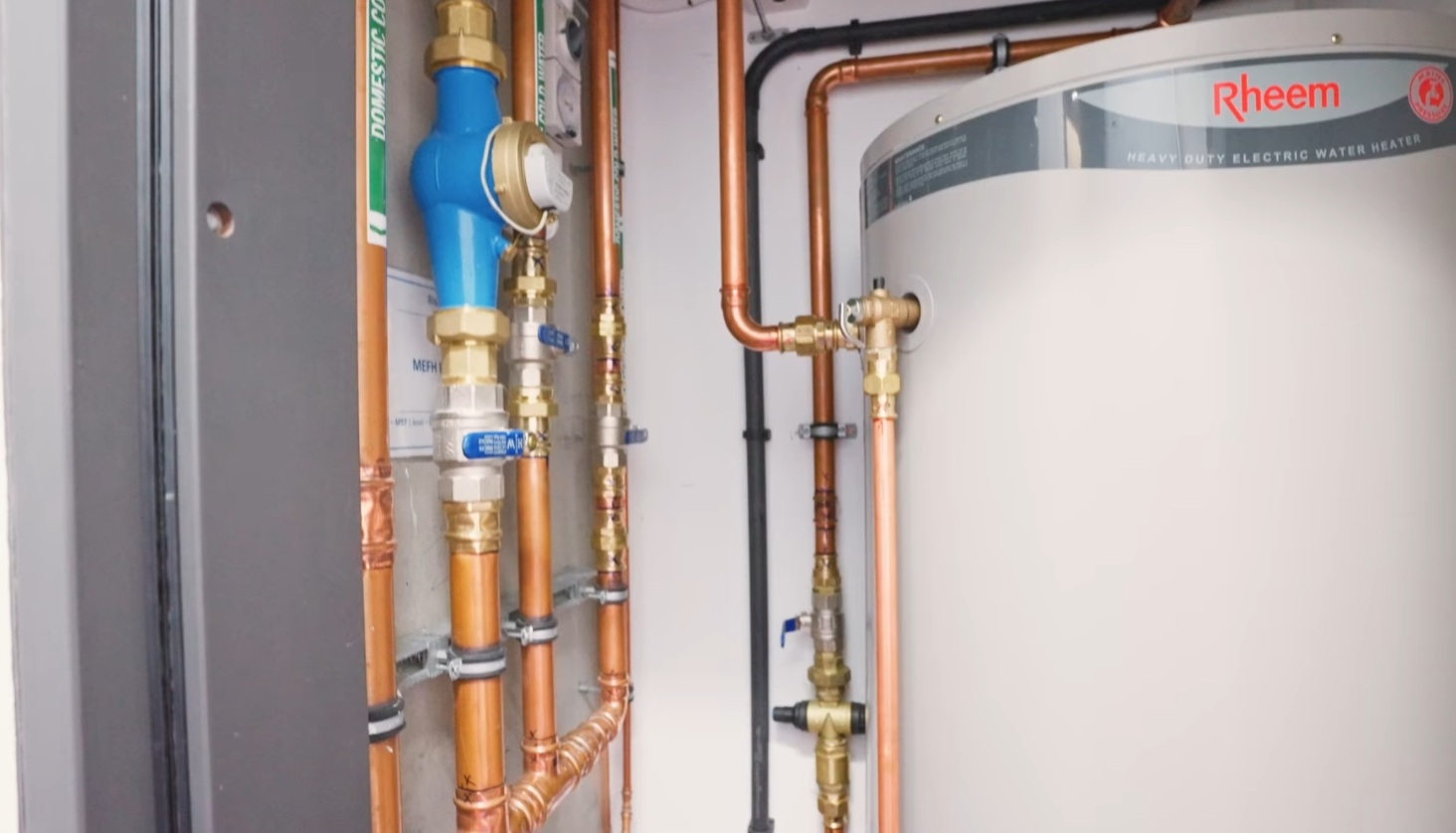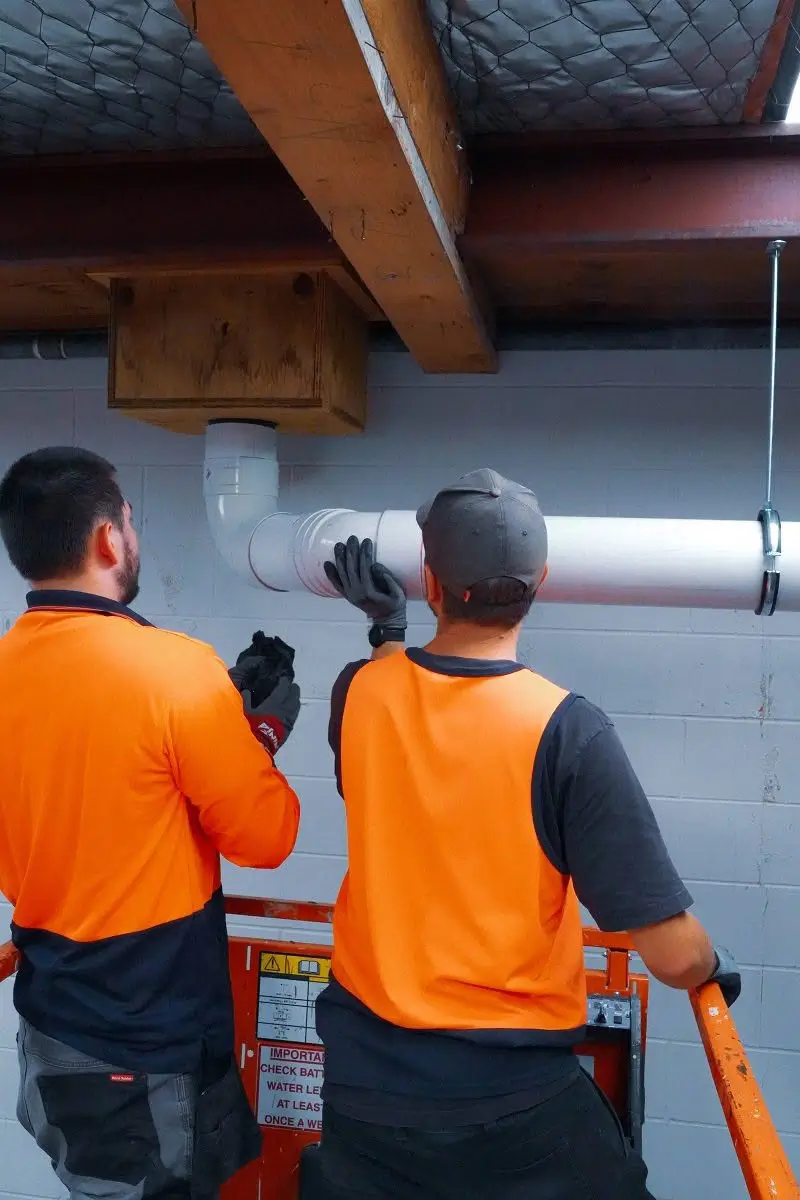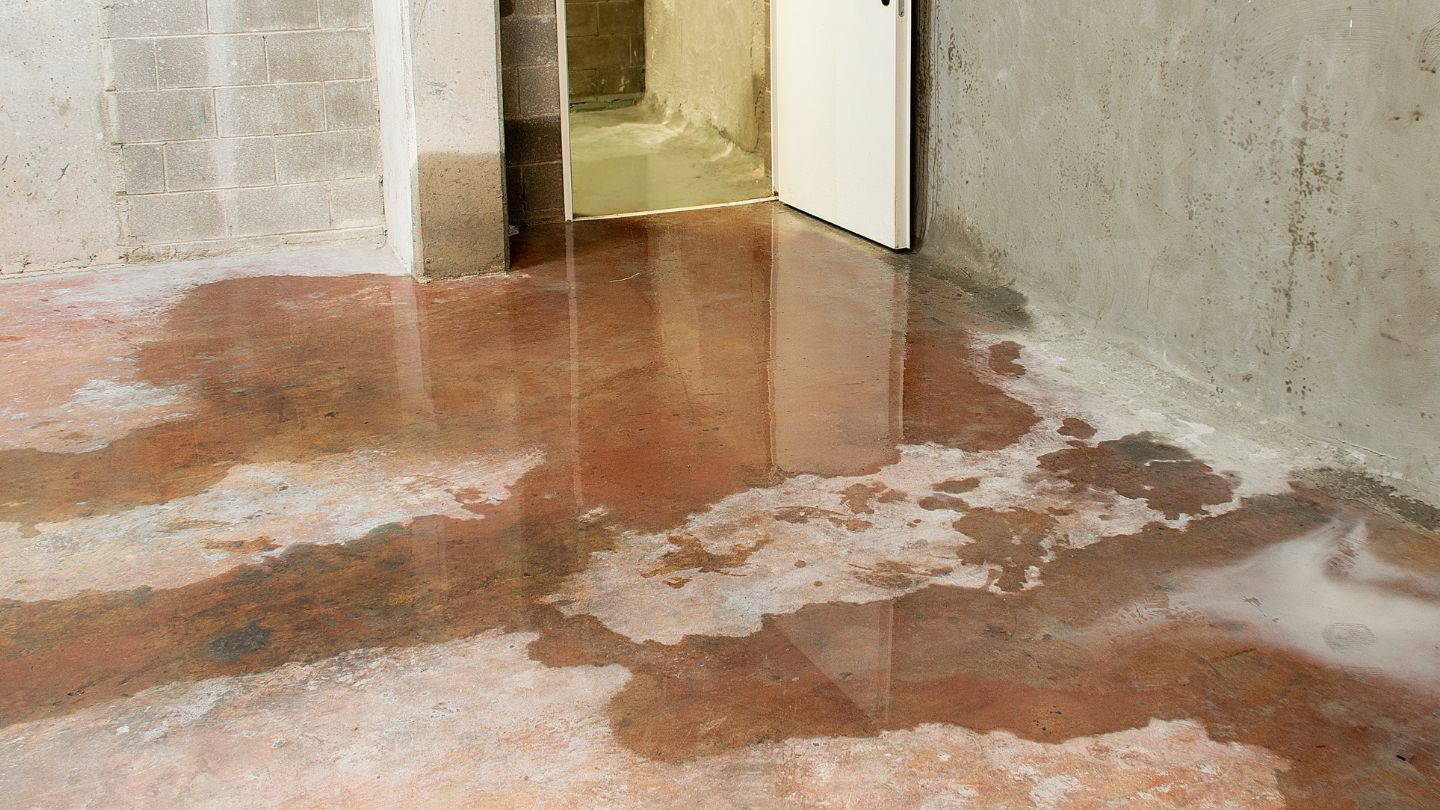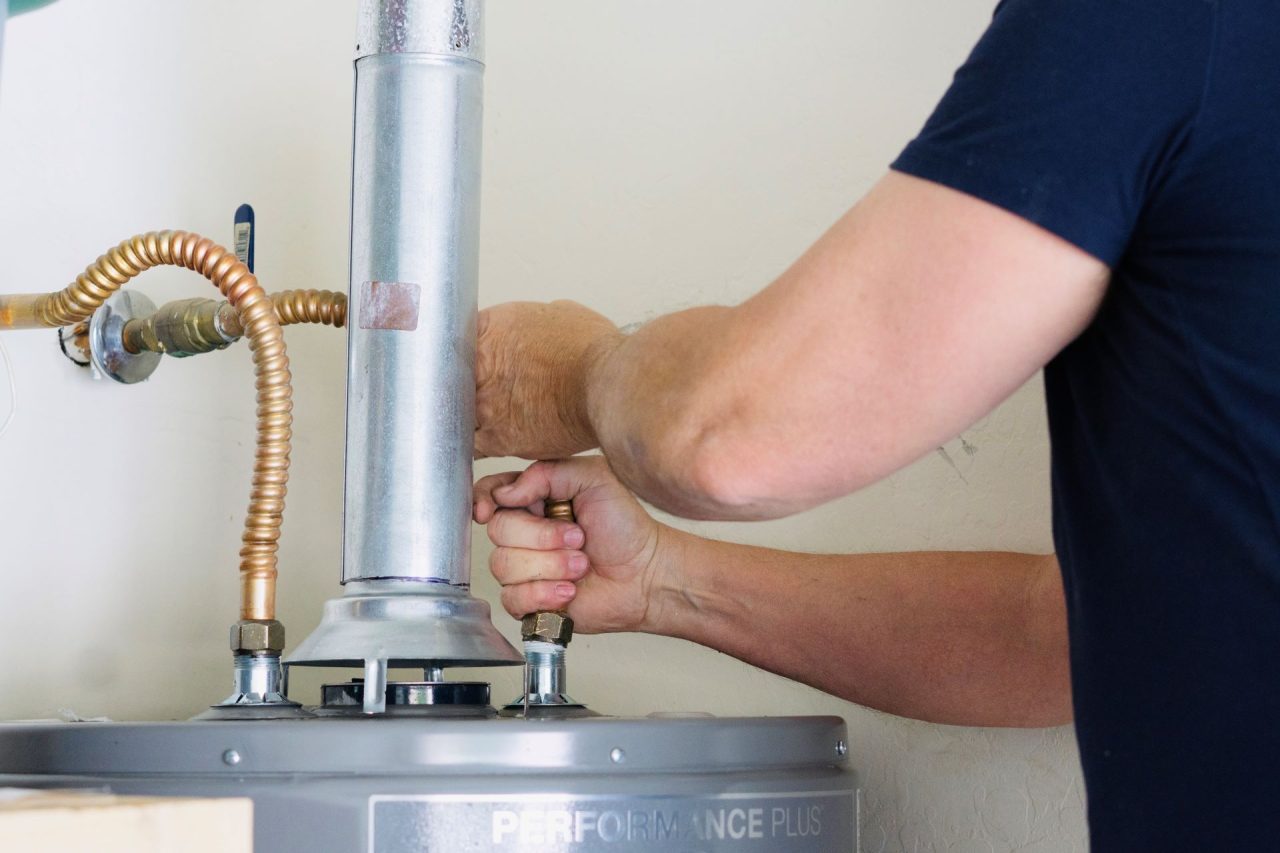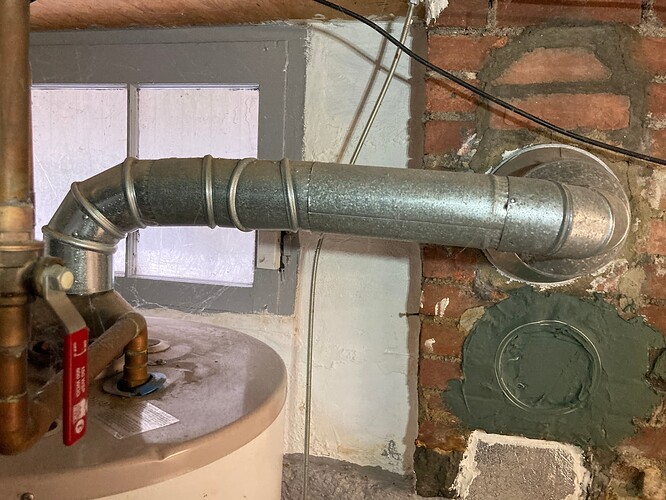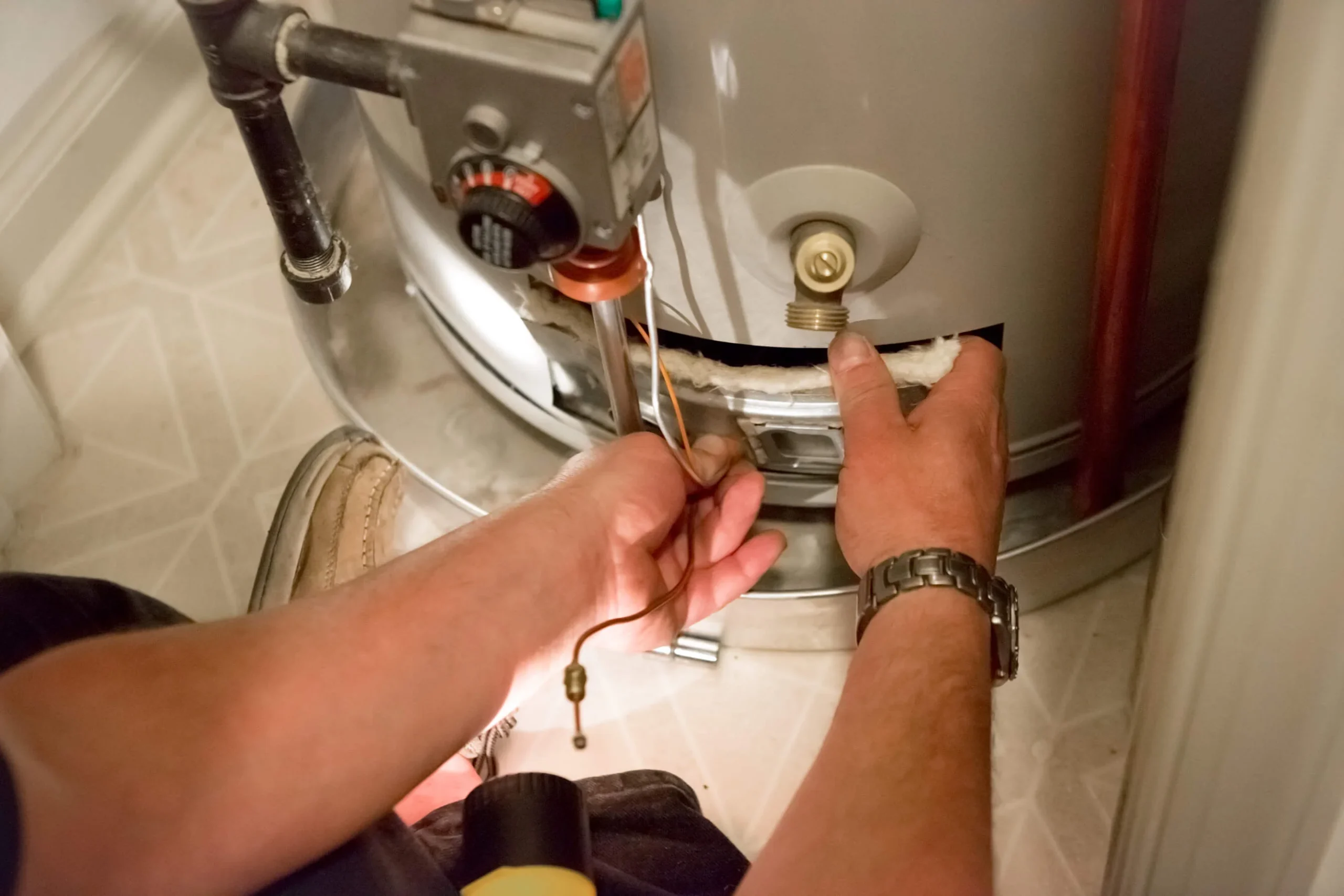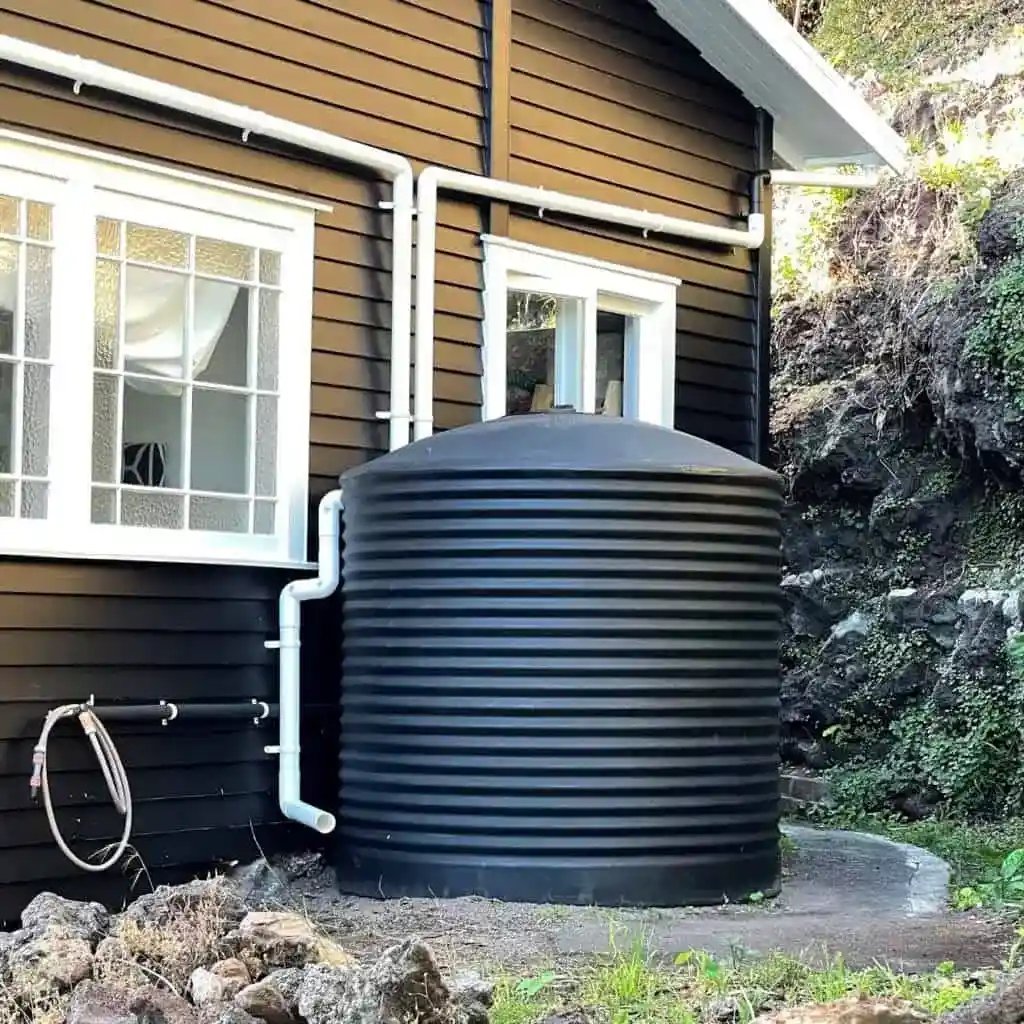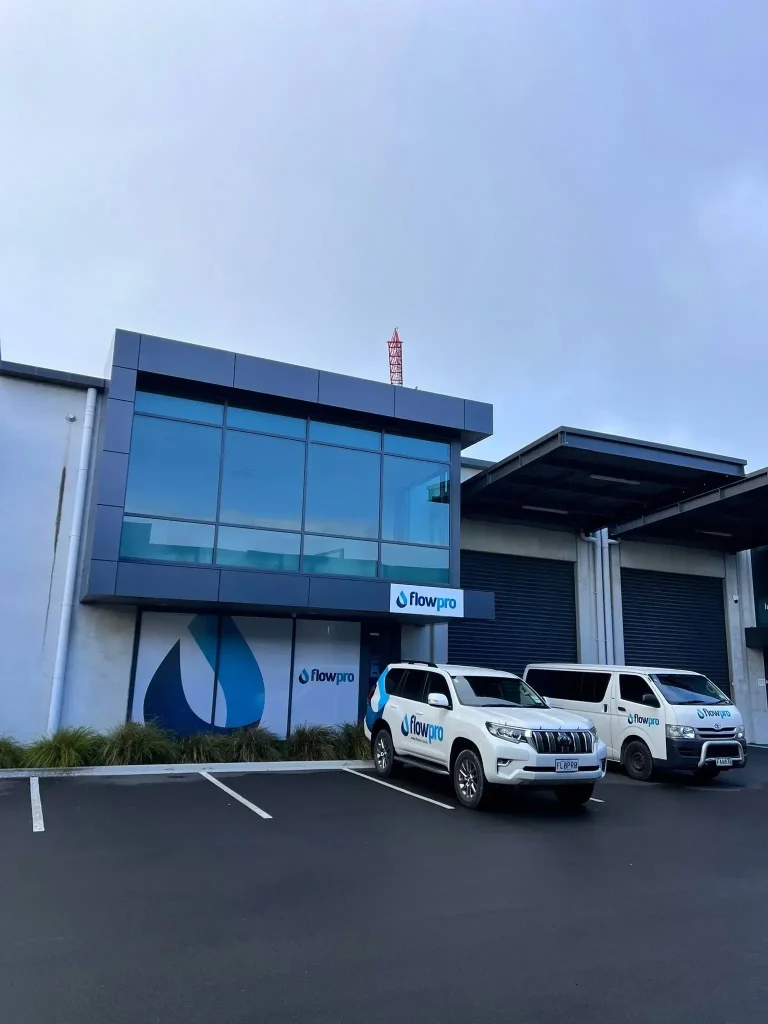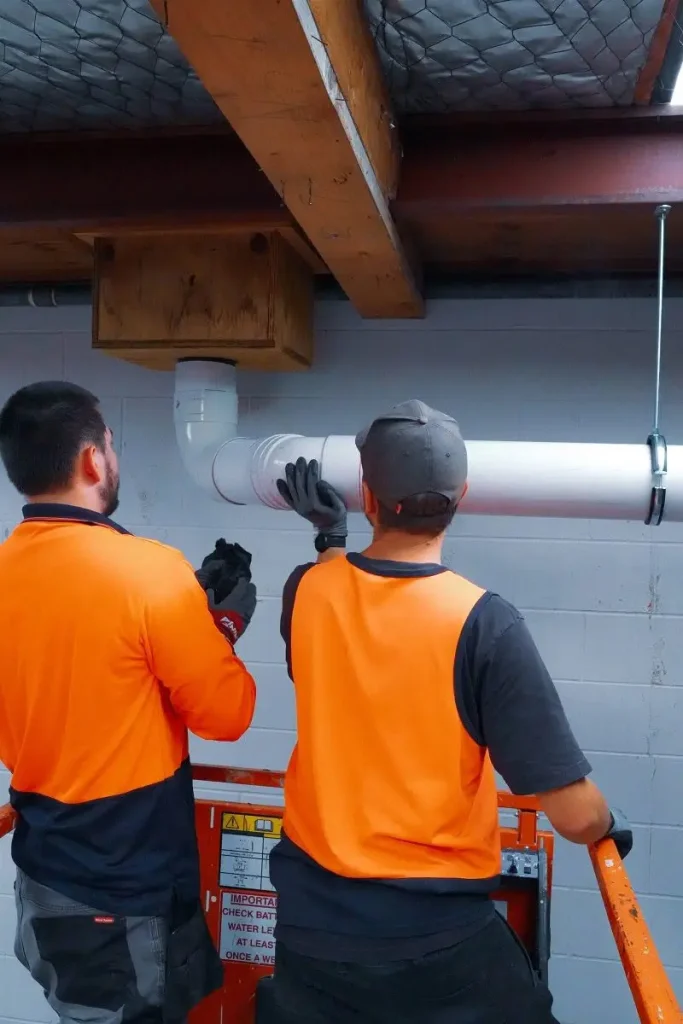Thinking of upgrading your kitchen with a gas stove? In New Zealand, getting it installed properly isn’t just about convenience it’s a legal and safety priority. From clearance rules and ventilation to compliance certificates and NZ-specific gas regulations, here’s everything you need to know to get your gas stove up and running without cutting corners.
Understand New Zealand Gas Regulations
In Aotearoa, you’re legally required to use a certified gasfitter for any gas appliance installation including cooktops and ovens. DIY isn’t allowed, full stop. The work must meet the NZ Building Code and Gas (Safety and Measurement) Regulations 2010, enforced by WorkSafe NZ and Energy Safety.
Key Legal Points:
-
Gasfitting must be carried out by a registered professional. It’s illegal to connect gas appliances yourself.
-
A Certificate of Compliance (CoC) is required for any gas installation this confirms the work meets code.
-
Appliances must be certified for use in NZ (check for the NZ Gas Safety Compliance Label or supplier declaration).
-
Ventilation and clearance rules vary depending on the appliance type your gasfitter must follow the manufacturer’s installation instructions plus local building consent rules where applicable.
Plan Your Kitchen Layout
Choosing where to place your stove isn’t just about looks. You need:
-
A non-combustible surface underneath
-
Clearances from walls and cupboards (typically 200–300mm on the sides, 600–750mm above)
-
Easy access to a shut-off valve in the same room (within reach without passing across the flame zone)
-
No strain on gas lines pipes must be accessible, with no sharp bends
If you’re planning a full kitchen reno, make sure the cabinetry and benchtops leave enough breathing room. Ask your installer to measure out distances before building starts.
Keep Combustible Items Clear
Common fire hazards like tea towels, plastic utensils, or hanging fabrics should be kept away from open burners. This sounds obvious, but many NZ house fires still start in kitchens for this exact reason. Always keep at least 200mm clearance on each side of your cooktop and install a heat-resistant splashback if close to walls.
Ventilation: More Than Just Opening a Window
Gas stoves produce carbon monoxide, moisture, and combustion by-products. While NZ regulations don’t always require a ducted rangehood for domestic stoves, good ventilation is strongly recommended.
Your options:
-
Ducted rangehoods (the gold standard): remove steam, gas, and smells to the outside.
-
Recirculating hoods: better than nothing, but less effective long-term.
-
Wall or window exhaust fans: simple, affordable ventilation if ducting isn’t possible.
-
Open windows: only a short-term fix. Doesn’t meet health and safety standards for serious use.
Talk to your gasfitter about the airflow needs based on your stove’s heat output (measured in MJ/hr).
Choose Compatible Cookware
Gas works best with flat-bottomed, heavy cookware that distributes heat evenly. NZ home cooks often prefer:
-
Stainless steel or hard-anodised aluminium for daily use
-
Cast iron or carbon steel for high-heat dishes
-
Avoid anything with plastic handles or glass bottoms, especially near open flames
Match the flame size to your pot. Flames should never extend beyond the base of your pan this reduces heat loss and risk of flare-ups.
What About Installation Costs?
In Auckland or Wellington, installing a standard gas stove typically costs NZ$300 to NZ$700, depending on:
-
Whether a gas point already exists
-
The complexity of cabinetry or benchtop work
-
Distance to the gas meter or LPG bottle
-
Compliance testing and certification
If extra piping, regulators, or rangehoods are needed, budget closer to NZ$800–NZ$1,200.
Tip: If you’re converting from electric to gas, you may also need a new gas connection (contact Vector or First Gas in your region) and an LPG bottle station if not on mains.
Stay Safe: Leak Testing and Maintenance
Your gasfitter will run a leak test using soapy water or gas-rated detection fluid. But don’t stop there. Periodic checks help catch small leaks before they become dangerous.
-
Check flame colour (blue = good, yellow = incomplete combustion)
-
Monitor for unusual smells (a ‘rotten egg’ odour is added to gas on purpose)
-
Ensure burners ignite instantly and burn evenly
-
Inspect gas hoses annually
Certificate of Compliance (CoC)
Every legal gas installation in NZ must include:
-
A Certificate of Compliance from your licensed gasfitter
-
A Gas Safety Certificate (for completed work involving connection)
-
Proof of appliance certification for NZ standards
Keep these in a safe place especially if you’re planning to sell the house later. Real estate agents and building inspectors often ask for them.
Should You DIY?
No. It’s not just discouraged it’s illegal to install or alter gas appliances unless you’re a licensed gasfitter under the Plumbers, Gasfitters and Drainlayers Board (PGDB). Insurance may be voided if something goes wrong, even if it was a “simple” swap.
Frequently Asked Questions
Do I legally need a rangehood with a gas stove in NZ?
Not always but for high-output burners or frequent cooking, a ducted hood is strongly recommended. Local councils (e.g. Auckland Council) may require it for new builds or renovations.
What’s the minimum clearance around my stove?
Usually 200–300mm on the sides and 600–750mm overhead, but check your stove’s instruction manual. Local council rules or manufacturer specs override generic advice.
Do I need a building consent for gas fitting?
Not usually, but it depends on the scope. Basic like-for-like swaps generally don’t. Structural work, flue venting or major alterations may trigger building consent rules.
How often should I check for gas leaks?
Visually inspect burners monthly. Do a leak test every 6–12 months or after moving the stove. Contact a gasfitter immediately if you smell gas.
Final Word
A properly installed gas stove is efficient, fast, and satisfying to use—but only when installed right. For full peace of mind, let a certified New Zealand gasfitter like FlowPro Plumbers & Gasfitters handle it. They’ll ensure everything ticks the legal boxes, works perfectly, and keeps your household safe.
Contact FlowPro Plumbers & Gasfitters or visit flowpro.co.nz to book your certified installation anywhere across Auckland.
